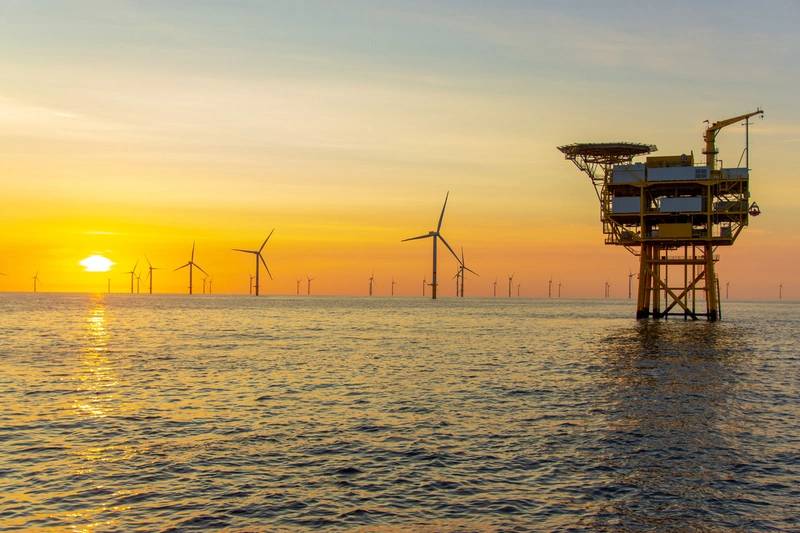Google Partners with Copenhagen Infrastructure for Carbon-Free Energy in the Netherlands
Key Ideas
- Copenhagen Infrastructure Partners (CIP) and Google have signed a power purchase agreement for 250 MW of wind power from the Zeevonk project in the Netherlands.
- Zeevonk project, a joint venture between Vattenfall and CIP, integrates offshore wind, solar energy, and green hydrogen, with plans to start operation in 2029.
- A significant portion of the electricity generated will be converted into green hydrogen at a large-scale electrolyser plant in the port of Rotterdam.
- This partnership aims to bring new carbon-free energy to the Dutch grid, supporting Google's operations in the country and its global services while contributing to decarbonization goals.
Copenhagen Infrastructure Partners (CIP) has partnered with Google to provide carbon-free energy in the Netherlands. The companies signed a power purchase agreement for 250 MW of wind power from the Zeevonk project. This project, a collaboration between Vattenfall and CIP, will combine offshore wind, solar energy, and green hydrogen. The Zeevonk project includes a 2 GW offshore wind farm and a 50 MW floating offshore solar farm situated 62 km off the Dutch coast. The initiative is set to be operational by 2029, with a substantial portion of the electricity generated being converted into green hydrogen at a large electrolyser plant in the port of Rotterdam. Google's Director of Sustainability EMEA, Adam Elman, expressed enthusiasm for the partnership, highlighting the project's system integration and its role in providing renewable energy for Google's operations in the Netherlands and globally. Felix Pahl, a partner at CIP, emphasized the significance of the partnership in advancing renewable energy and meeting the increasing demand for clean power by data centers.
